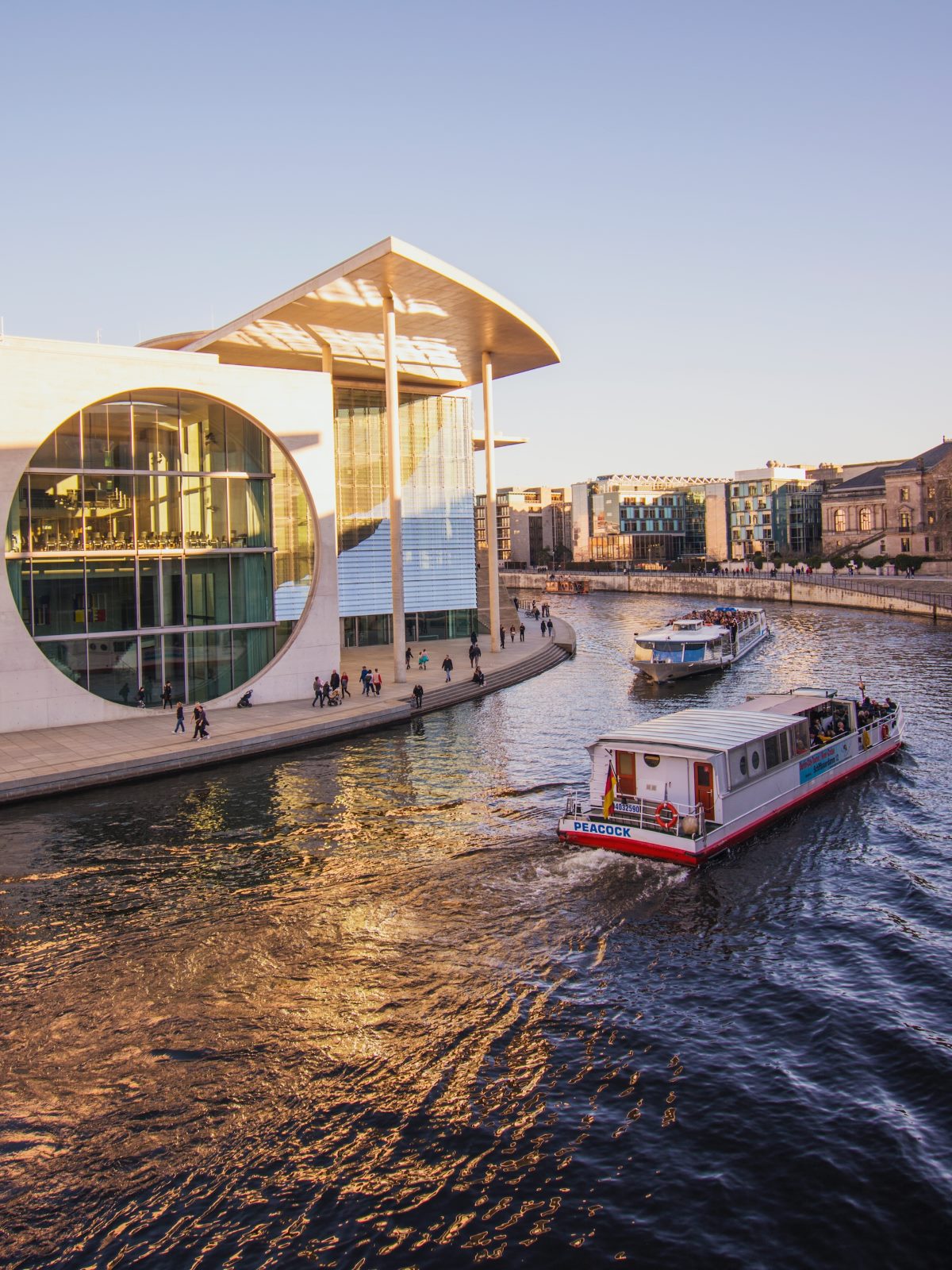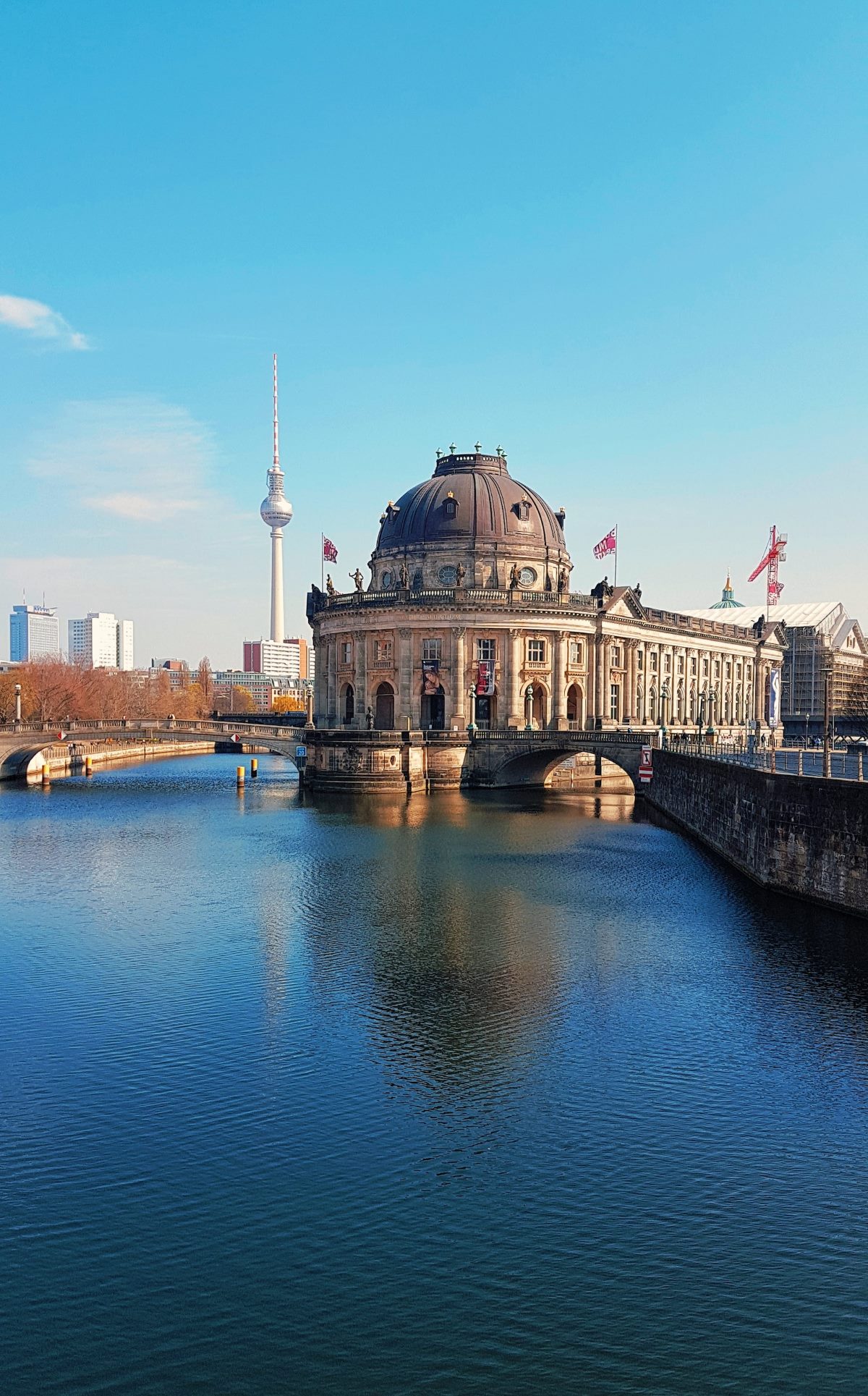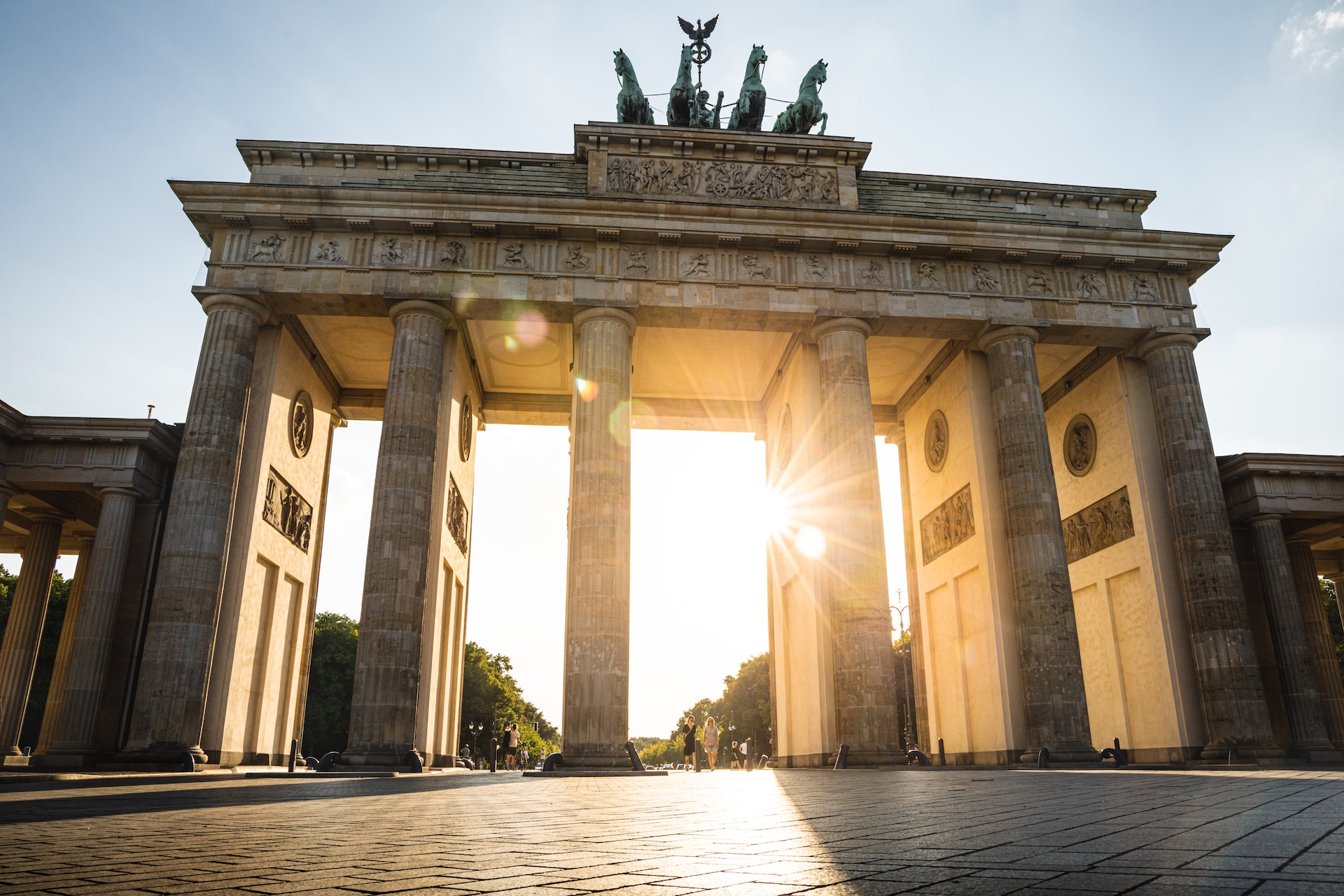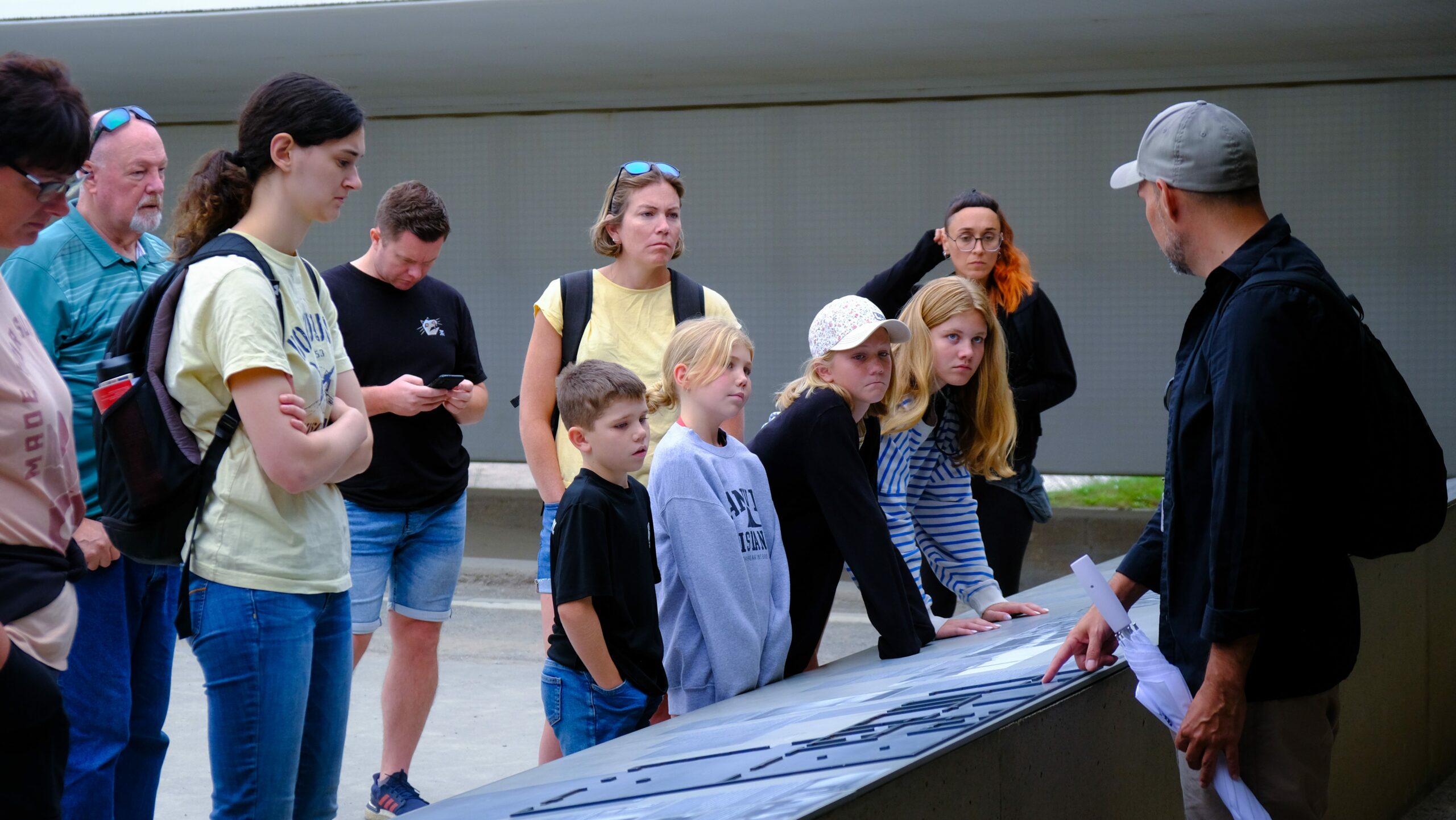Between 1961 and 1989 the Berlin Wall acted as a physical and ideological barrier which separated Berlin into two distinct parts. The building of this wall together with its collapse transformed international relations while changing social structures and causing substantial economic effects that extended beyond its original purpose.
The Wall and its Creation
After World War II Germany received administration from four different nations through their occupied zones which included American British French and Soviet. Berlin operated within the Soviet-controlled East German sector and received four-sector division although it remained fully located inside Soviet zone boundaries.
On August 13th 1961 the German Democratic Republic under Soviet control built the Berlin Wall for stopping East Germans from fleeing to West Germany. The authorities built the Wall to prevent skilled professionals along with young citizens from migrating to Western regions for better prospects.
Social and Political Impacts
During the period when the Berlin Wall was built Germany and the world faced major societal and political repercussions at both European and global levels.
1. Heightened Cold War Tensions
The Berlin Wall represented the wide chasm that separated capitalist West from communist East countries. The construction of the Berlin Wall created severe tensions between America and the Soviet Union which resulted in enhanced Cold War operations and augmented military efforts together with weapon competition. Throughout the global community people felt deeply afraid of a second world war fought between the United States and Soviet Union because of nuclear capabilities.
2. Destruction of Families and Divided Communities
Berlin’s families and friends became physically cut off from each other when the Wall went up thus starting a process that destroyed the city’s social bonds. Family members became separated because their homes existed on different sides of the barrier leading to absolute separation from each other. Many East Berlin citizens who found themselves caught on the eastern side were forced to separate from their loved ones permanently who resided in the western areas.
3. Restriction of Freedom
People under East German rule experienced imprisonment through limitations that extended to their human rights and personal freedoms because of the Wall. East German citizens needed to deal with rigid observation systems and controls combined with restricted contact to the rest of the world. Those who tried to escape the Wall through its borders would face terminal punishment or suffer prison terms.
4. Symbol of Resistance
Many individuals used the Wall as a symbol to show their opposition against communist suppression. Many people who dared to cross the Wall put their lives at risk because they wished to gain freedom along with a brighter future in Western territories. Those who escaped successfully along with their fearless attempts served as motivational symbols that spread throughout global communities.
The Fall of the Berlin Wall
On November 9 1989 the East German government chose to open the borders during peaceful demonstrations as people demanded substantial changes. The government’s choice to enable border traffic between East and West Germany eventually resulted in both border wall destruction and national union.
1. End of the Cold War
The symbolic conclusion of the Cold War emerged from the collapse of the Berlin Wall. This event marked Europe’s communist collapse while Western democratic beliefs achieved victory. East and West Germany reunited following the Soviet Union’s diminished control over Eastern European territories.
2. Reunification and Others Inspired
People worldwide gained renewed hope because German reunification showed that nations can achieve peaceful political transitions through peaceful means. Thedownfall of the Berlin Wall acted as a spark for Eastern European activists to mattrade communistic governments so that socialist nations across the Soviet bloc eventually collapsed.
3. Economic Impact
Economic changes occurred at a major scale after the reunification of East Germany with West Germany. The transition from communism to capitalism through reunification of East and West Germany delivered both enterprise growth and fresh chances to the former communist territories yet caused economic difficulties for Western Germany. Germany faced substantial economic difficulties because of merging dissimilar economies that led to excessive employment problems.
Legacy and Lessons Learned
Modern society feels the enduring impact which originated when the Berlin Wall fell.
1. Emphasizing the Importance of Freedom
The destruction of the Wall demonstrated humanity’s deep love for freedom as well as the absolute significance of human rights. The global community witnessed human desire to achieve independence and discovered there existed limitless dedication for securing basic freedom and dignity.
2. Lessons in Unity and Cooperation
The reunification process revealed essential educational aspects regarding uniting groups in spite of political barriers and cultural separation. Any rebuilding process must prioritize understanding and collaboration because the East-West Germany union faced numerous challenges.
3. Symbolic Icon
Today’s fragments of the Berlin Wall act as enduring testament to how freedom conquered oppression while showing what occurs from excessive segregation and the opportunities for constructive development.
The complete transformation of the world stemmed from both Berlin Wall creation along with its subsequent collapse. During this period the rigid stance between ideological blocs escalated tensions between the United States and USSR while causing family separation and limiting personal freedom which then resulted in political uprisings throughout the city. The wall’s collapse signaled both the conclusion of the Cold War era and started a wave of political transformation and economic redevelopment. People today remember the Berlin Wall’s legacy because it demonstrates how humans persistently crave both independence and solidarity with others.
Table of Contents




